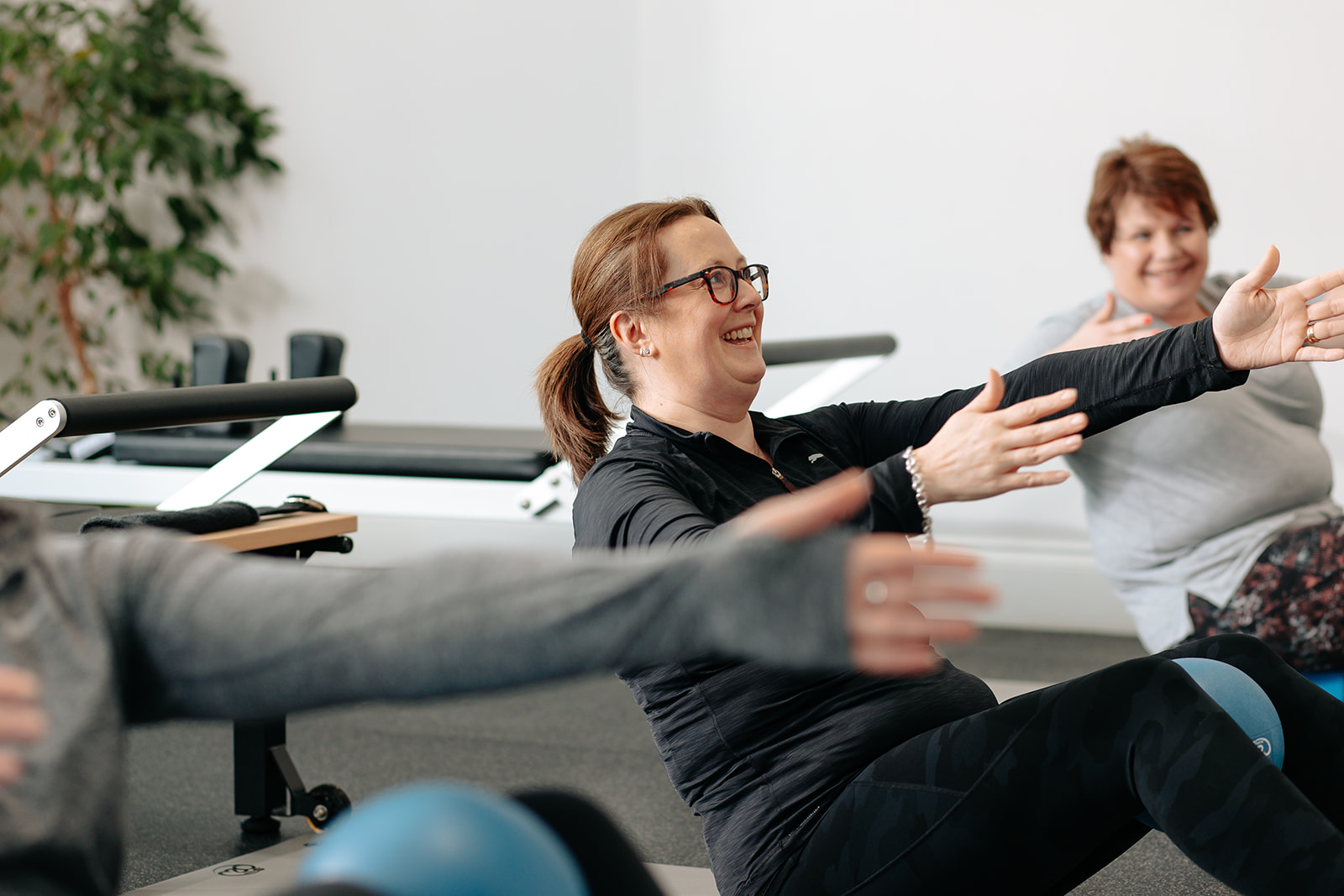Hatt Clinic
April 07, 2017
April 07, 2017

Warming up and stretching should be a key part of your exercise regime. The type of stretching you choose should depend on the type of exercise you are doing.
The two most commonly used types of stretching are static and dynamic.
If you have recently been injured or you are looking to improve your flexibility, then static stretching is ideal for you. A static stretch involves moving a body part to the end of its range and holding it for a length of time (usually around 20 to 30 seconds). For example, a quad stretch as in the photo displayed.
However, if you are a keen sportsperson, then dynamic stretching may be more relevant for you, especially during a warm-up before a competition or game. Dynamic stretches are great for working muscles such as the hamstrings, calves, and abductor muscles
A great example of a dynamic stretch used in a warm-up routine is ballistic stretching. This involves stretching a muscle to its limit and then stretching it further with a bouncing movement. This exercise must be carried out with caution as it can heighten the chance of injury if not performed correctly and safely. It is particularly useful in sports where a large range of motion is required, such as gymnastics.
Certain body tissues respond differently when stretched which means it is very important that you understand how to carry out these stretches appropriately. For example, abductor or groin strains do not respond well if they are stretched too early after an injury. In contrast, hamstring muscles do respond favourably to early mobilisation after a strain or tear.
So if you are injured or seek general advice on how to stretch correctly and safely, then get in touch as we are here to help. We have a whole range of services that can guide you in the right direction when stretching. For example, our Physiotherapist could offer you some advice or you could come along to our Pilates sessions and be guided through a range of stretches where you can reap the benefits in a safe environment.